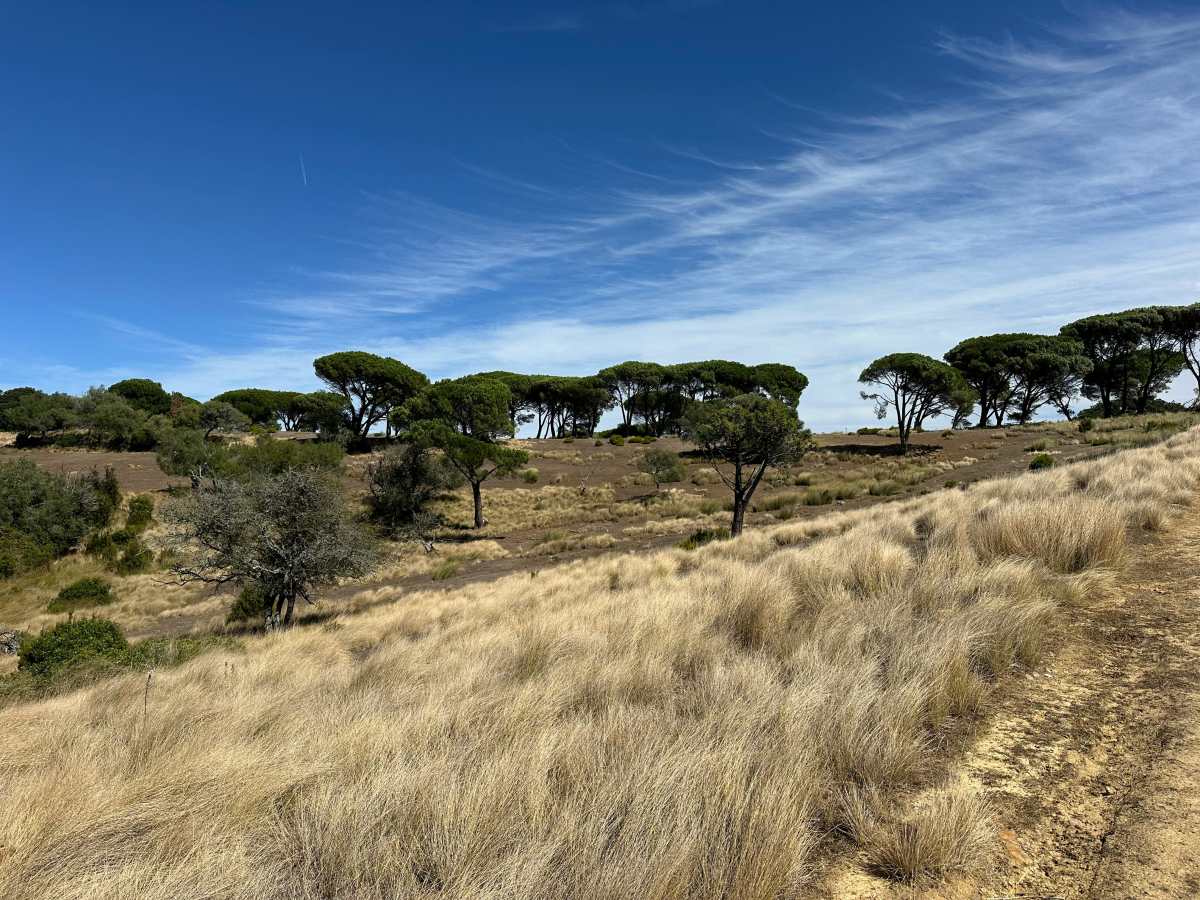New insights about modern human settlement in Iberian Peninsula revealed that they were expert hunters

Certain discoveries in Meseta have provided experts with multiple insights about the first set of modern humans in the central Iberian Peninsula. Findings regarding these discoveries have been published in the journal Quaternary Science Advances. These discoveries are faunal remains detected at the Abrigo de La Malia site (Tamajón, Guadalajara), in the caves of Tamajón. Further analysis of these remains revealed how the first group of modern humans treated the area, who were exceptional hunters and preyed on several creatures during their time. These findings challenge past assertions, which claimed that Meseta was mostly unoccupied after the disappearance of Neanderthals until the end of the Last Glacial Period, some 20,000 years ago.

Human Usage of the Site
Further investigation of the remains revealed that the site, which dates back to around 36,000 years ago, had been occupied recurrently for at least 10,000 years by modern humans, according to Phys.org. Humans may have occupied the place around 36,200 to 26,260 years before present. Faunal traces suggested that humans preyed on bison, chamois, wild horses, and deer. These resources must have aided humans in surviving the harsh environment of the initial Upper Paleolithic period.

Since the settlement was not permanent in nature, it implies that the modern humans visited the site for a specific purpose. This purpose could have been hunting, initial processing of collected animal resources, or provisioning. The 10,000-year occupation span indicates a cultural continuity amidst climatic fluctuations during Marine Isotope Stage 3 (MIS-3), according to Ancient Origins. The archaeological layers reveal that humans altered tool technologies to face the changing climate. They formulated strategies to sustain for far longer in the area than previously believed.
Subsistence Strategies
Experts speculate that humans at that time were highly knowledgeable about the site, which allowed them to conduct functions, like hunting and processing, according to CENEIH. Also, there is proof of human dominance in the area, which implies that modern humans also managed it well during their existence. These practices were strategies that these humans were able to develop with the help of available resources in the face of Meseta's complex and even hostile climatic environments.
In the past, studies claimed that there was a population void in the interior of the Iberian Peninsula due to the harsh climatic conditions during the Upper Paleolithic period, which forced humans towards coastal regions. However, this evaluation reveals that even though the climate was challenging, there were enough resources for modern humans to plan their survival.
Challenging Past Assertions
The investigation indicates that modern humans may have been more adaptable than previously thought. Hence, a reexamination of their mobility and occupation patterns may be needed after incorporating a new set of evidence. The study also casts doubt on past claims that the Meseta became occupied just 20,000 years ago. Though the findings are unprecedented, another aspect to consider is that the area has been relatively unexplored.
It is because of the assumption that it had remained unoccupied during the Upper Paleolithic period. Hence, in comparison, other coastal areas, like the Atlantic, Mediterranean, and Cantabrian, have been explored from that particular lens. It implies that more exploration of the interiors, while keeping the Paleolithic perspective in mind, could reveal similar findings.